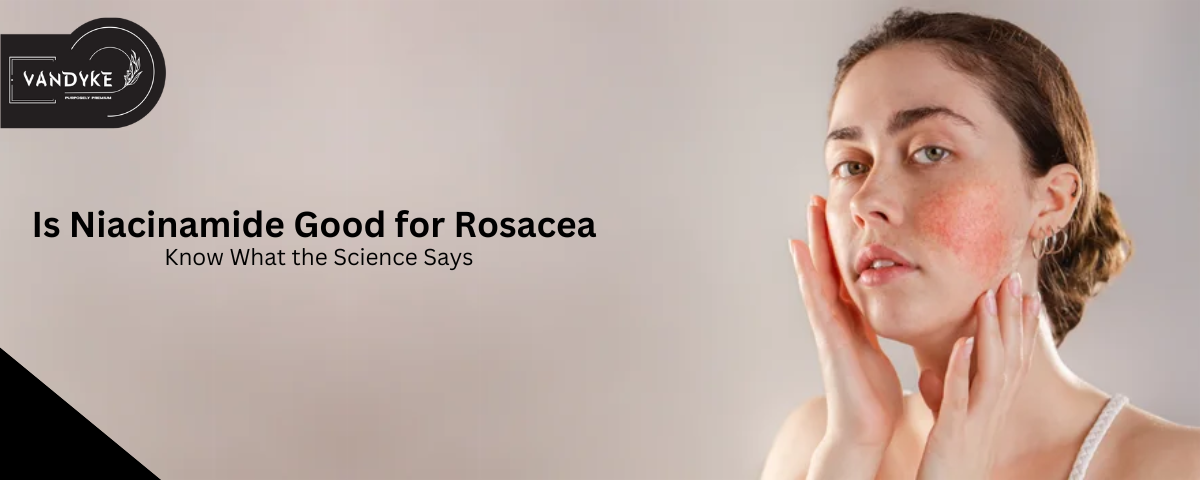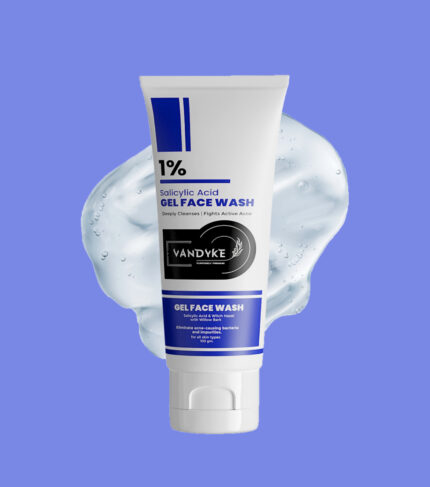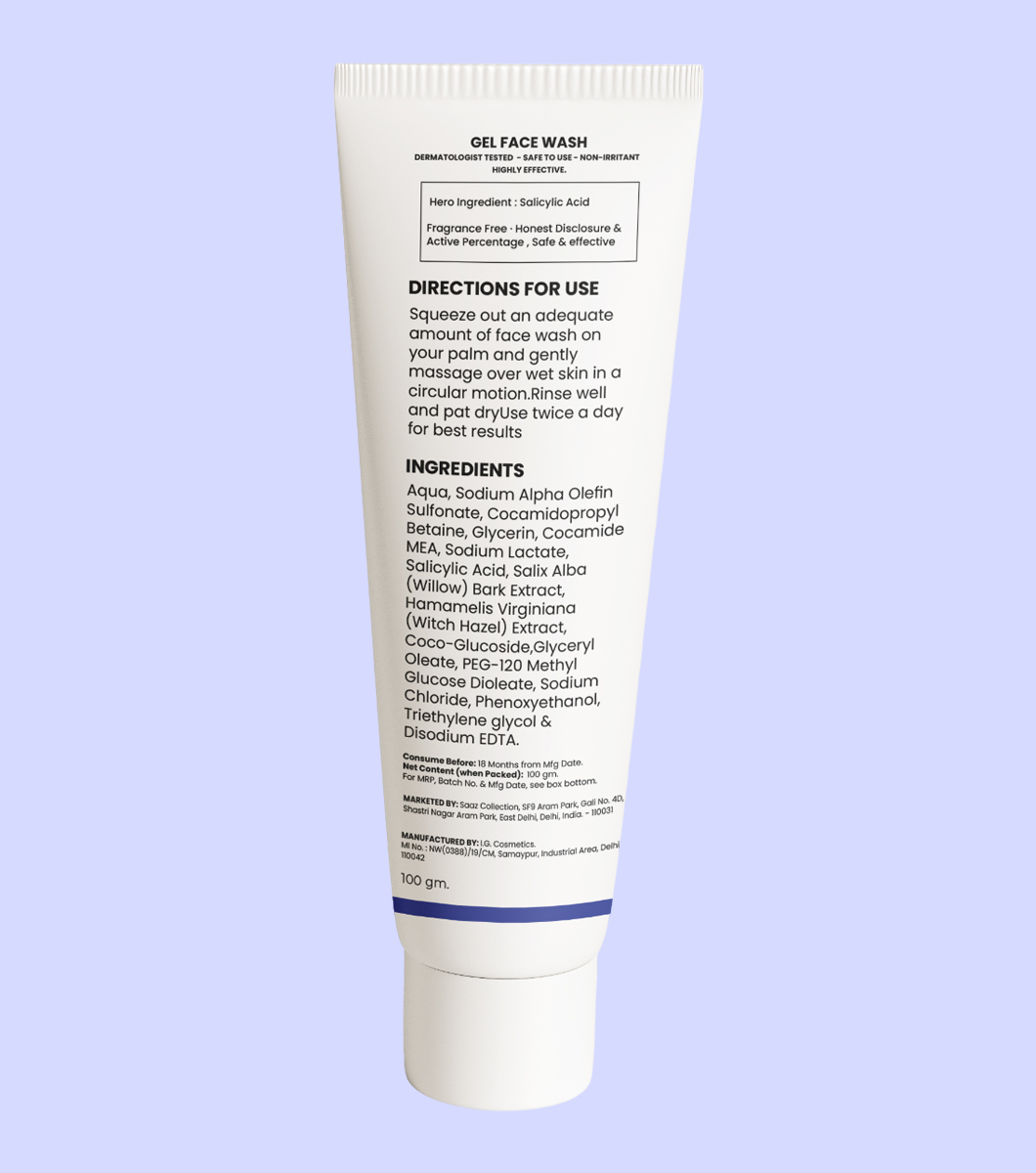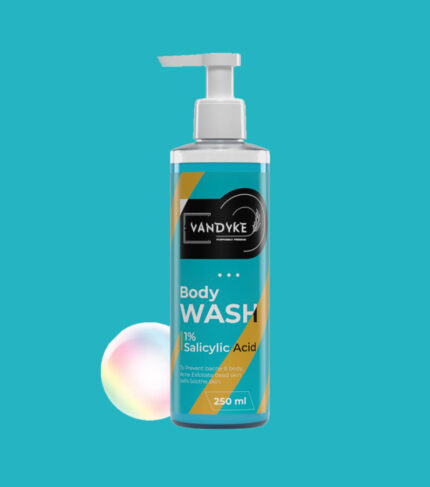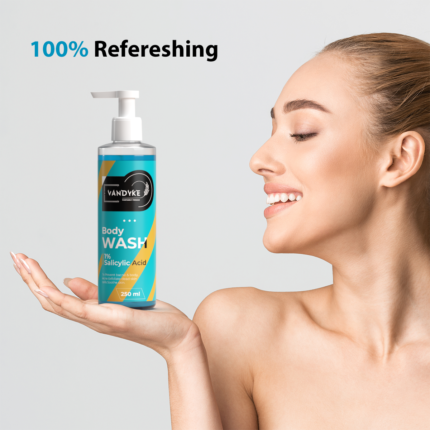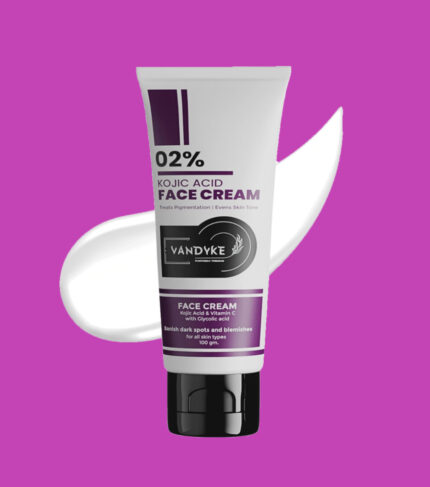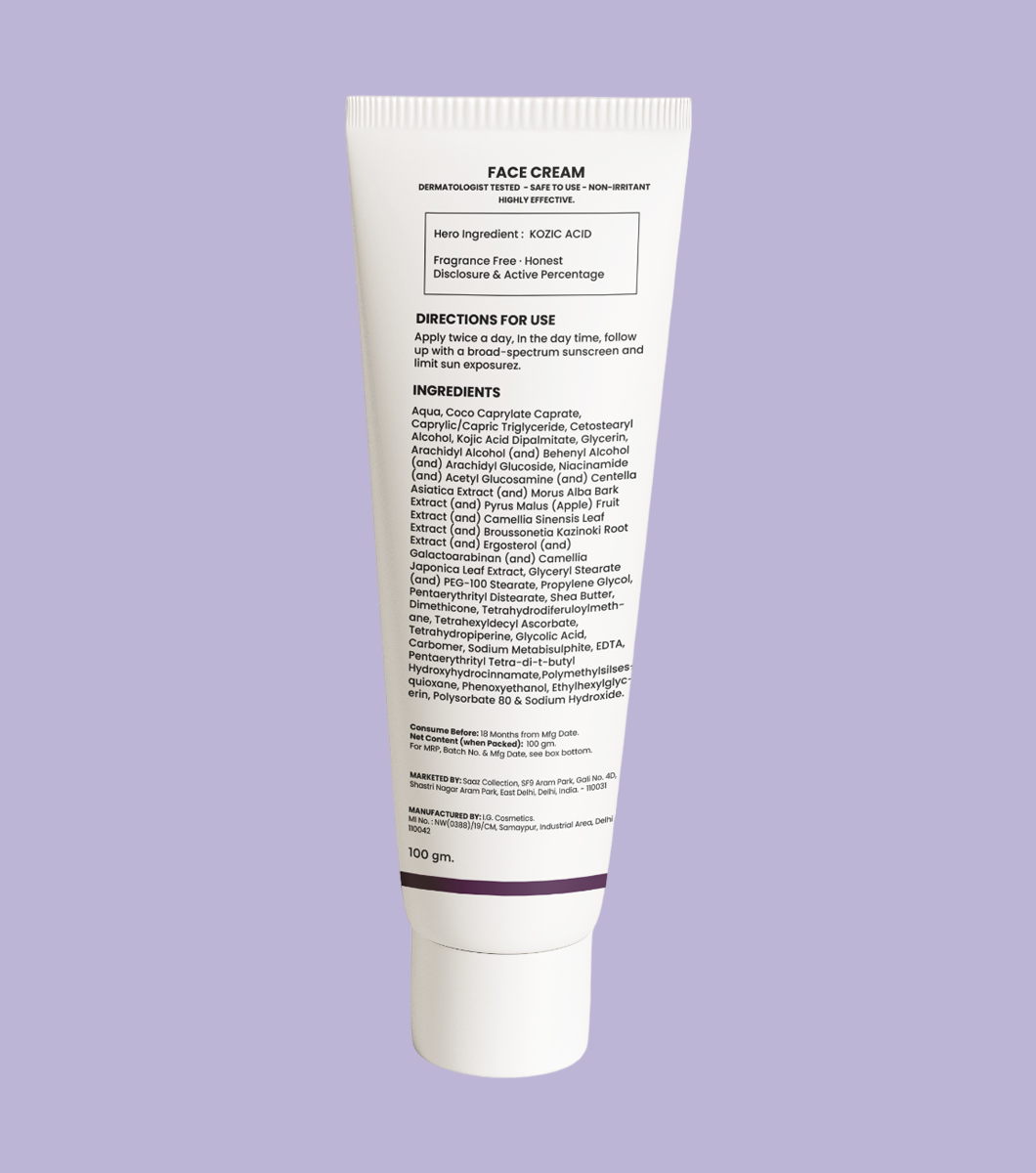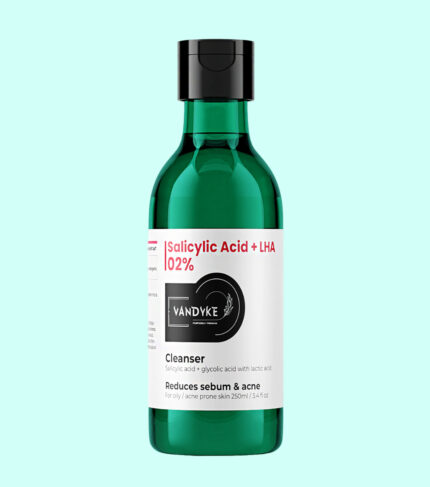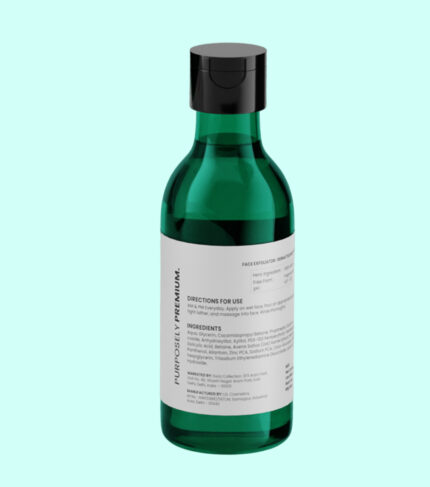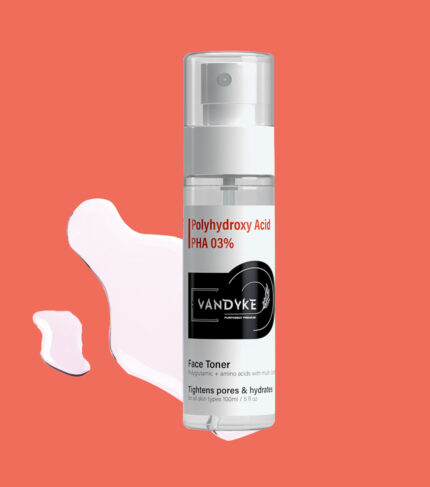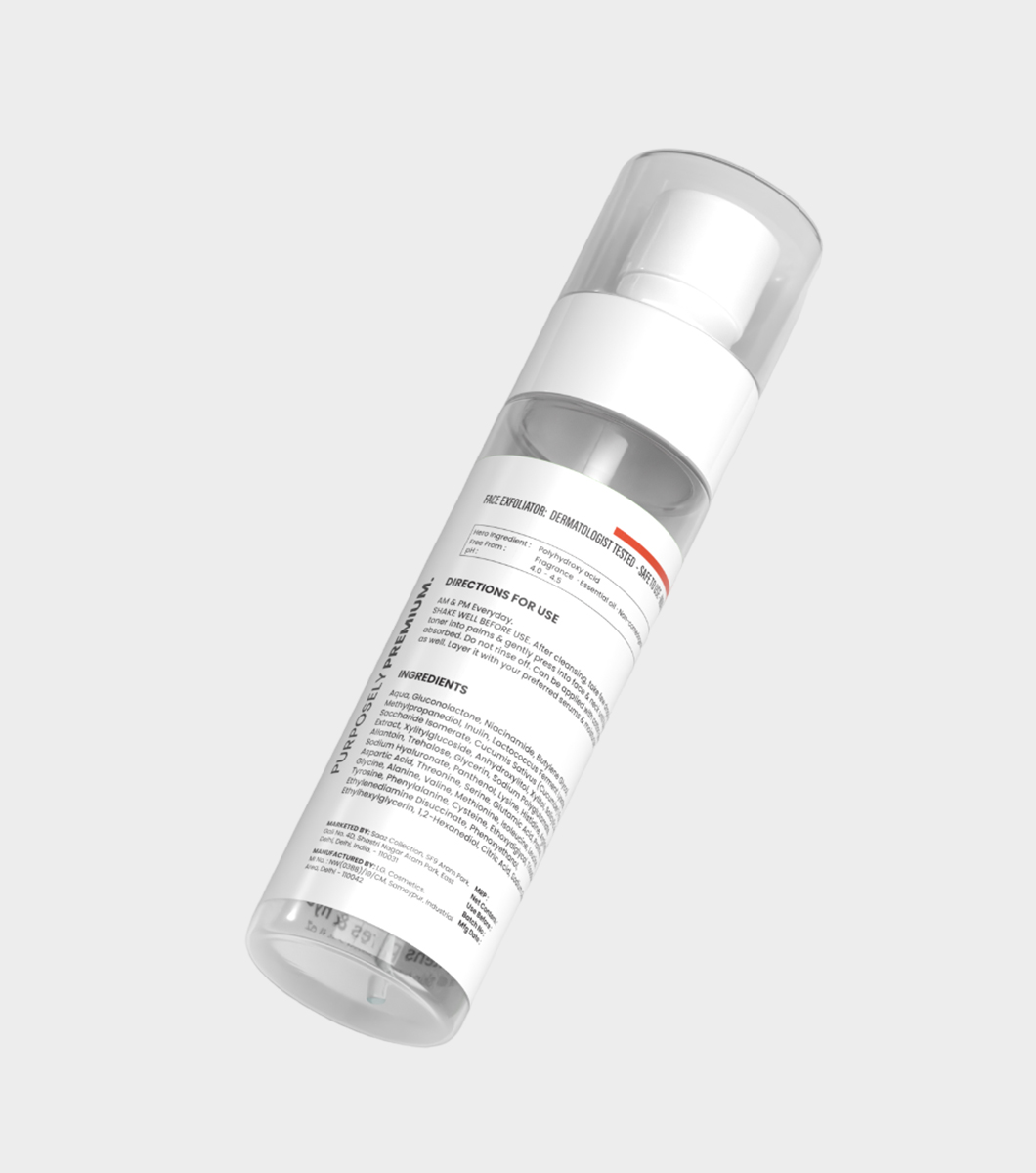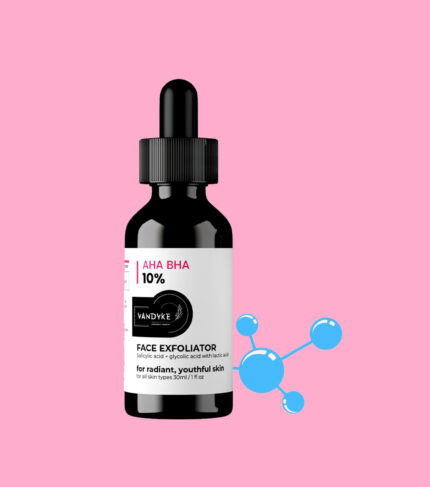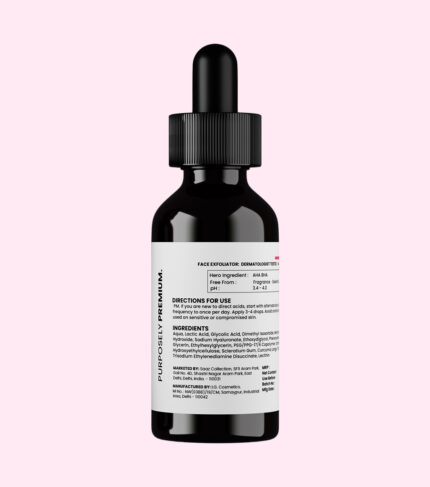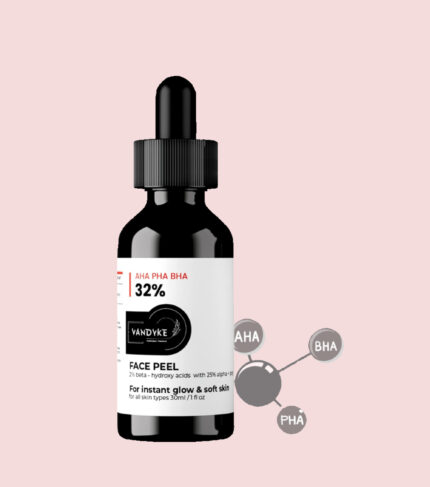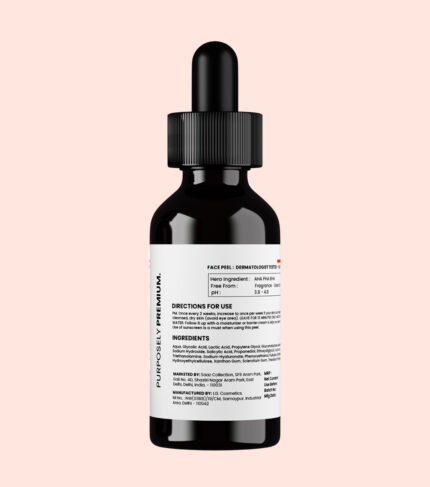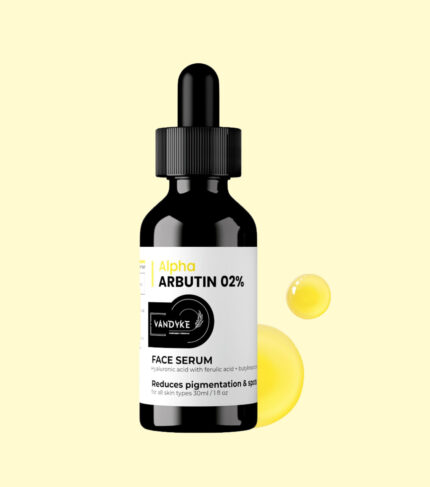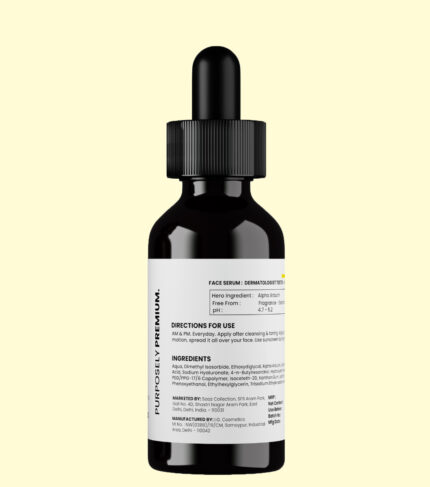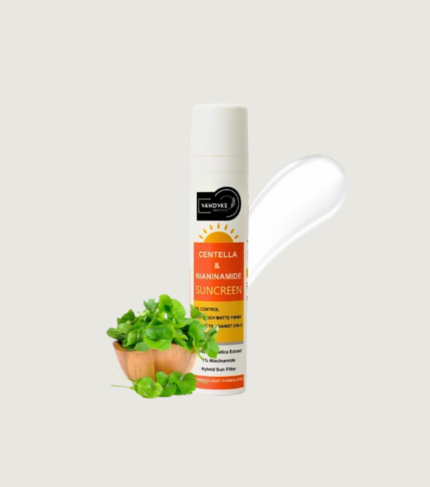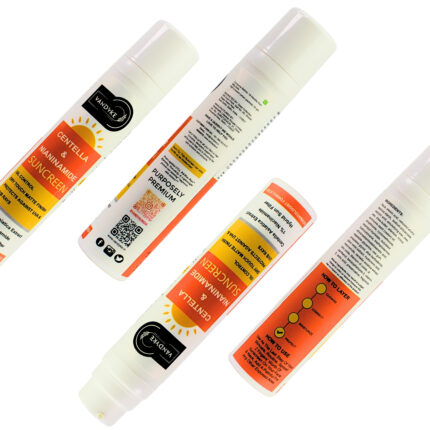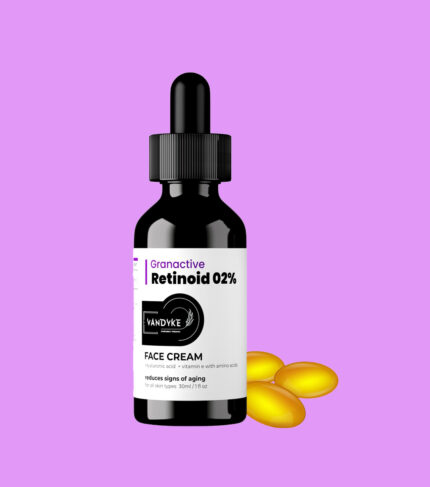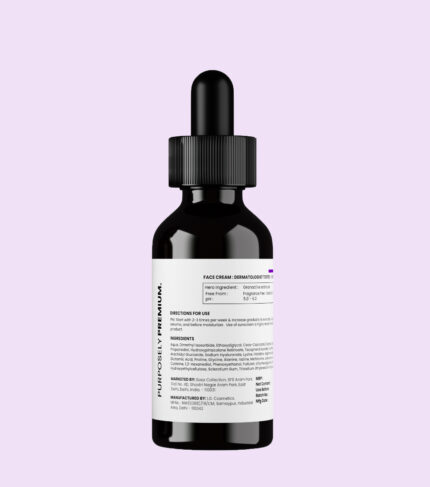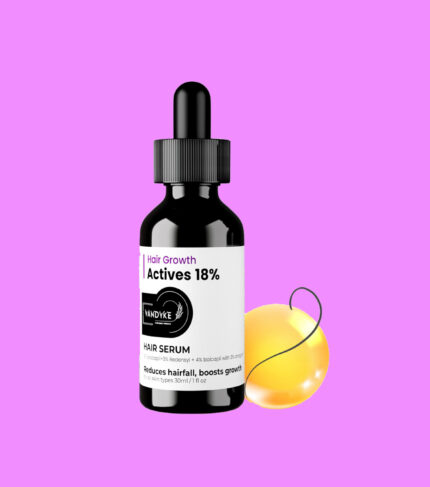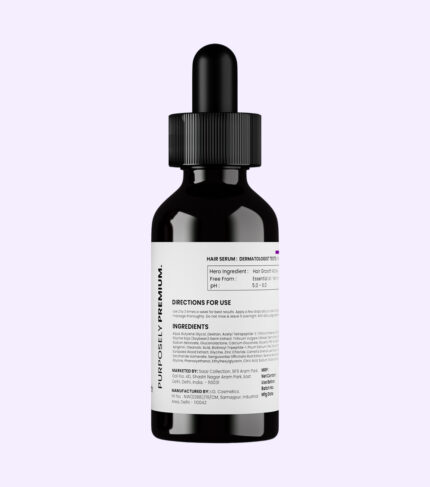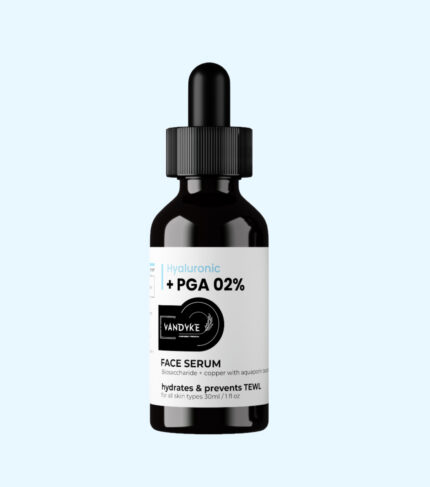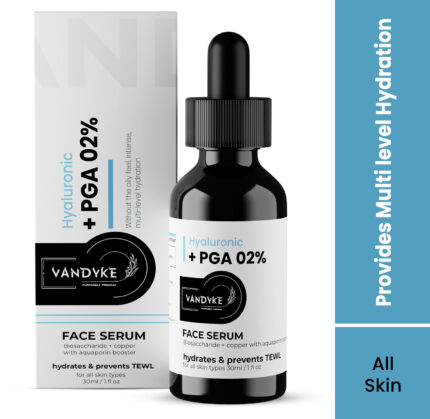Is Niacinamide Good for Rosacea? What the Science Says
Rosacea is a skin disorder that affects millions of individuals throughout the world. It is distinguished by face redness, visible blood vessels, and, in some cases, acne-like outbreaks. Rosacea management can be difficult, but there is rising interest in niacinamide as a viable therapy. Niacinamide, commonly known as nicotinamide, is a kind of vitamin B3 that may be found in a variety of cosmetic products. But is niacinamide truly beneficial for rosacea? Vandyke will investigate what the research says about niacinamide’s function in rosacea management and if it’s a viable alternative for persons suffering from this condition in this guide.
What is Rosacea?
Rosacea is a chronic skin condition that typically affects the middle of the face. It is distinguished by persistent redness, visible blood vessels, and, on occasion, acne-like outbreaks. Rosacea is more common in those with pale complexion and can vary in severity, with symptoms that come and go over time. Understanding rosacea is crucial because it explains how niacinamide, a beauty component, may help manage its symptoms.
Rosacea, as you’ve mentioned, is a complicated skin illness with a variety of core symptoms.
- Facial Redness (Erythema)
Rosacea frequently causes chronic redness on the face, which can look like a sunburn or a constant flush.
- Visible Blood Vessels (Telangiectasia)
Small blood vessels, known as telangiectasia, form near the skin’s surface, adding to skin redness and appearance.
- Papules and Pustules
Some people with rosacea have papules and pustules, which look like acne outbreaks. It is critical to understand that these outbreaks are not caused by conventional acne bacteria.
-
Burning or Stinging Sensation
Many rosacea patients describe pain, which can manifest as a burning or stinging sensation in the afflicted regions.
- Subtypes
Rosacea is sometimes divided into subgroups, such as erythematotelangiectatic rosacea (defined by redness and visible blood vessels), papulopustular rosacea (characterized by papules and pustules), phymatous rosacea (marked by thickened skin), and ocular rosacea (affecting the eyes).
Understanding the distinct symptoms and subtypes of rosacea is critical for accurate diagnosis and treatment of this skin ailment. It frequently necessitates customized skincare and therapy procedures to handle its distinct elements.
The Role of Niacinamide
Niacinamide (nicotinamide) is a water-soluble version of vitamin B3. It is not only a necessary nutrient for the body, but it has also received considerable attention for its potential benefits in the field of skincare. Because of its numerous skin advantages, this versatile component is a popular option in many skincare products.
Among the significant features of niacinamide are:
- Anti-Inflammatory
Niacinamide has anti-inflammatory effects that may be good for rosacea, a skin inflammation disorder.
- Barrier Function
Niacinamide has the ability to enhance the skin’s natural barrier, hence minimizing moisture loss and improving overall skin health.
- Reducing Sebum Production
Niacinamide may help manage oil production, which may be beneficial for patients suffering with papulopustular rosacea.
- Redness Reduction
Niacinamide may aid in the reduction of redness and uneven skin tone.
- Minimizing Hyperpigmentation
Niacinamide can help with post-inflammatory hyperpigmentation, which is common in rosacea.
Scientific Evidence
There is a little corpus of scientific data on niacinamide’s involvement in rosacea management. However, research and observations indicate its potential.
Benefits:
- Redness Reduction
Some rosacea patients have experienced a decrease in face redness while utilizing niacinamide-containing skincare products.
- Anti-Inflammatory Properties
Because of its anti-inflammatory qualities, niacinamide is a promising choice for treating the underlying inflammation associated with rosacea.
- Moisture Barrier Enhancement
A stronger skin barrier can help protect against environmental variables that might cause or worsen rosacea symptoms.
- Tolerability
Niacinamide is typically well accepted by most people, including those with sensitive skin, making it a less hazardous alternative for rosacea treatment.
While the scientific data is limited, the potential advantages of niacinamide, including its anti-inflammatory and redness-reducing qualities, make it a viable option for patients suffering with rosacea.
How to Use Niacinamide for Rosacea
Here are some pointers to consider if you want to use niacinamide into your beauty regimen to treat rosacea:
- Patch Test
When introducing a new product, especially one as well-tolerated as niacinamide, always undertake a patch test.
- Choose the Right Products
Look for skincare products featuring niacinamide as a main component, such as serums, creams, and moisturizers.
- Consistency is Key
Maintain consistency in your skincare practice, since it may take many weeks or even months to see results.
- Sunscreen
Because rosacea-prone skin is especially vulnerable to UV rays, it is important to use sunscreen every day.
- Consult a Dermatologist
Consult a dermatologist for specific suggestions and treatment options if your rosacea symptoms are severe or chronic.
Niacinamide is a very adaptable component that may be found in a wide range of skincare products for the treatment of rosacea , including serums, moisturizers, and toners. The greatest niacinamide product is niacinamide face serum. However, niacinamide will be available in two concentrations: 05% and 10%. Vandyke recommends starting with vandyke niacinamide 05% if you are new to niacinamide and if you have rosacea. Then vandyke niacinamide 10% face serum is a good choice for your skin.
It may be used in the morning and evening as part of your skincare regimen.
Conclusion
While there is minimal scientific evidence to support niacinamide as a therapy for rosacea, its qualities make it a viable alternative for controlling certain rosacea symptoms. It is not a miraculous cure, but it might supplement a thorough skincare program and perhaps provide comfort for people suffering from the redness, inflammation, and sensitivity associated with rosacea. Individual outcomes may vary, as with any skincare program, and it’s critical to speak with a healthcare practitioner for tailored advice on treating your rosacea properly.
Choose Vandyke skin care tips and vandyke skin care products because we make our products;
“Purposely Premium”

